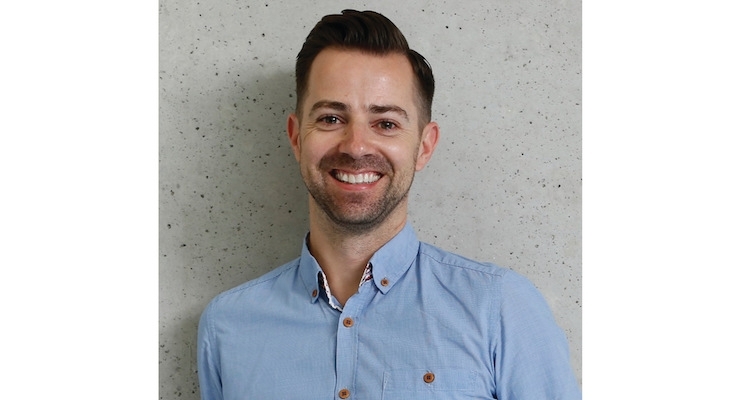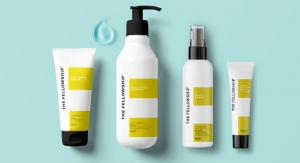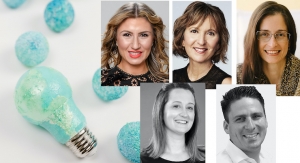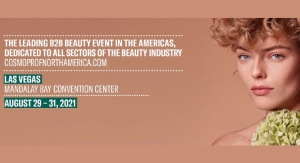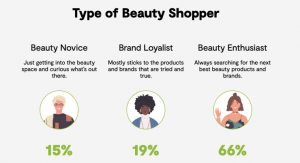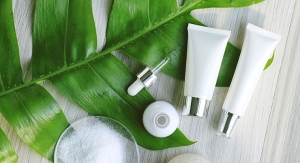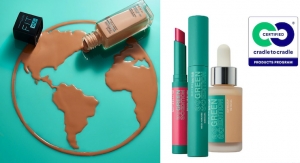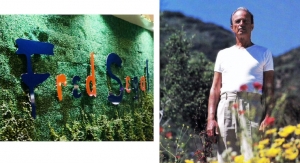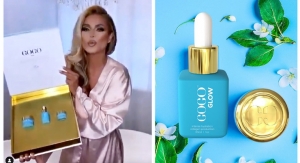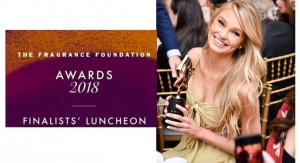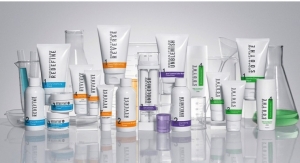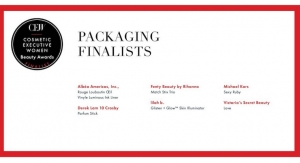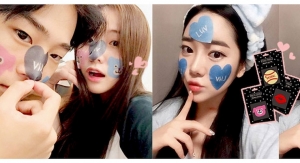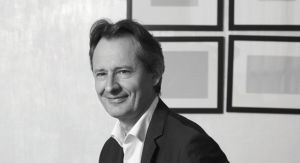Nick Vaus08.31.17
Oxford Dictionary’s definition of “false dawn” is: 1. a promising situation which comes to nothing or 2. a transient light preceding the rising of the sun. Perhaps there should be a number 3.— the male grooming category.
Every few years the beauty industry is set ablaze with talk of male grooming taking off in a big, revolutionary way. And every single time it fizzles out with a whimper: Think Shulton’s Insignia (the new all-over body program!) whose late 80s adverts are irreversibly singed on my memory and King of Shave’s XCD from the early noughties. But according to Euromonitor, the fact is that per capita spend globally on men’s grooming was $6.50 in 2015, compared to $58.50 for women. There’s been some growth, but it ain’t no revolution.
What is different in 2017 is that men’s grooming routines are now well-established in many countries, particularly with younger consumers. Men’s cosmetics are still a step too far (apart from a few Asian countries), so products focus on cleansing, moisturizing, deodorant, hair removal, and hair styling. Big, global consumer companies like Beiersdorf, L’Oréal and Procter & Gamble dominate, and a few niche high-end players make significant inroads. Innovations mostly focus on facial hair and, as fewer men shave, beard oils and conditioners pick up the slack from moisturizers.
There are also elegant masstige entrants like UK-based newcomer Heath. This five-strong range of fuss-free skincare and grooming products was inspired by an urban natural lifestyle and stands out from the “laddish” hyper-masculine brand language of Bulldog, Mancave and Rehab. Overall, the category’s packaging design language is standardized. Lots of dark grey, dark blue, and dark green blocking with white and black typography. Lots of nods to science and active words such as energizing, softening, and performance. Virtually all packs are emblazoned with FOR MEN.
But does it really need to be this way? As a brand designer and an avid male beauty product consumer, I find myself looking at the sun cream and fragrance categories to highlight a path towards more fruitful growth.
When people buy sun cream, they go for what works: SPF level, waterproof, apply once, whatever. It’s largely gender neutral. Fragrance brands like Byredo, Atelier Cologne, Serge Lutens and Tom Ford similarly eschew his and hers branding. You either like the fragrances or you don’t.
This unisex approach is growing in virtually all beauty categories. Beauty consumers just want products to make them look and feel great. Apart from male-specific needs like beard and moustache care, gender has got very little to do with it. Haeckel’s, Kiehl’s, Aesop, The Ordinary, SkinCeuticals and Herbivore Botanicals are just as likely to appear in GQ as Elle. Design characteristics are stripped back to uncomplicated, neutral simplicity. No shouting and absolutely no sparkle. Anyone can use them.
It almost seems like some new beauty brands make an active choice to exclude men by going down a hyper feminine route. Ingredients, and their accompanying semiotics, are a great way for brands to differentiate instead: think pink and girly for rose and black and masculine for charcoal. There’s always going to be a demand for hyper-masculine and feminine products, but gender neutrality opens up a whole other marketplace for brands in which to operate.


